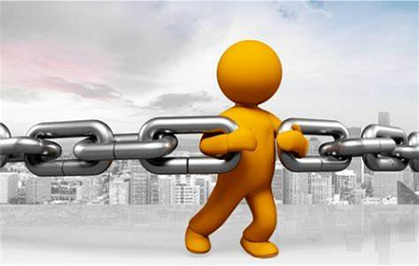
Controlling costs, availability and maintenance
Managing all aspects from the development stage to the end-of-life of the facility, planning ahead for operating issues and preparing maintenance to guarantee both production performance and costs.
-
In a competitive environment, demand is high for an evaluation of the following in studies to ensure control at the earliest possible stage:
- Facility availability (calculating overall equipment effectiveness),
- Total Cost of Ownership (acquisition and through-life support costs),
- Industrial risks,
- Maintenance support,
- Through-Life Support for equipments.
Understanding analytical methodologies can help to support and maintain equipments throughout their life cycle and achieve the target competitiveness.
-
Two complementary and interdependent approaches are used to optimize equipment design and maintenance processes:
- Operational Safety Management is the main influence for equipment design,
- Integrated Logistics Support covers maintenance.
Orano can innovate thanks to digital software used to simulate the operation of a facility, integrating all limitations, downgraded modes, random events (failures, external event) and successive operating phases.
Orano can:
- provide a design, establish a maintenance strategy and size resources to achieve an optimum availability-to-cost ratio,
- quantify risks (e.g. safety). These approaches tangent the actual risk and ensure risk control thanks to targeted investment designed to meet needs spot-on.
- Reduction and control of the Total Cost of Ownership of your equipements
- Improved equipment control from the development phase to end-of-life,
- Reduce the risks which could impact availability and/or safety.
- Provide support as part of Through-Life Support for your equipments
-
- Optimising OPEX costs,
- Improving the design to optimise maintenance and limit the impact of random failures,
- Establishing a maintenance strategy to match the design and meet needs spot-on,
- Managing the tools required for these methods (MTBF, FMECA, MTTR, failure trees, Petri nets, etc.),
- Large-scale feedback and database,
- Ability to deploy the methodology for all systems.
-

